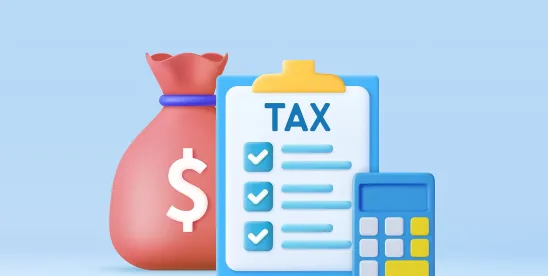Late last week, the Internal Revenue Service (“IRS”) and Department of the Treasury issued highly anticipated guidance regarding the requirements to qualify for the domestic content bonus tax credit for investment tax credits under Sections 48(a)(12) and 48E(a)(3)(B) of the Code (the “ITC”) and production tax credits under Sections 45(b)(9) and 45Y(g)(11) of the Code (the “PTC”) (the “Domestic Content Bonus Requirements”) in IRS Notice 2024-41 (the “Notice”), which may be found here. The Notice modifies the initial domestic content bonus guidance in IRS Notice 2023-38 (the “Prior Notice”) and, more importantly, provides an optional safe harbor computation that is likely to be much easier for taxpayers to administer than the computations required under the Prior Notice. Taxpayers may rely on the Notice for any project the construction of which begins before the date that is 90 days after forthcoming proposed regulations on the domestic content bonus credit requirements are published in the Federal Register.
As summarized in our blog post analyzing the Prior Notice, which may be found here, the Domestic Content Bonus Requirements are satisfied if (i) 100% of any steel or iron that is a component of a project was produced in the United States (the “Steel or Iron Requirement”), (ii) at least the adjusted percentage (which differs based on when construction of a project begins and the type of project, but for most projects is 40% if construction begins this year) of manufactured products that are components of a project were produced in the United States (the “Manufactured Products Requirement”), and (iii) the taxpayer certifies to (i) and (ii) in the manner required by the Prior Notice.
Most consequentially, for many solar, wind, and battery energy storage projects, the Notice is expected to eliminate the cumbersome and, in some cases unworkable, rules of the Prior Notice, which required taxpayers to collect detailed information from manufacturers about the manufacturers’ direct labor and materials costs of producing certain project components. The Notice does so by providing a new safe harbor that taxpayers may use to calculate the inputs for satisfying the Manufactured Products Requirement for solar, wind, and storage projects (the “New Elective Safe Harbor”).
The substance of the New Elective Safe Harbor is largely set forth in the data included in Table 1 of the Notice. Table 1 provides detailed cost percentages determined by the IRS through extensive discussions with various industry participants for several different categories of ITC- and PTC-eligible projects: solar PV, land-based wind, and battery energy storage systems (BESS). In the case of solar PV and BESS, these are further broken down into subcategories, such as ground-mount (tracking), ground-mount (fixed), rooftop (MLPE), and rooftop (string) for solar PV, and grid-scale and distributed for BESS. The industry-based “Assigned Cost Percentages” are set forth in Table 1 for each listed project component, organized by the type of technology and characteristics of the project. To use the New Elective Safe Harbor, the taxpayer simply identifies the applicable table, adds up the Assigned Cost Percentages for each listed component included in the applicable project, and the total value equals the Domestic Cost Percentage for purposes of the determining whether the Manufactured Products Requirement is satisfied.
Although generally the application of the New Elective Safe Harbor is straightforward, there are nuances. If any Manufactured Product or Manufactured Product Component listed in Table 1 is not incorporated into the project, the value of such Manufactured Product or Manufactured Product Component for purposes of calculating the Domestic Cost Percentage would be zero. On the flip side, any Manufactured Product or Manufactured Product Component included in the project but not listed in Table 1 of the Notice must be disregarded for purposes of determining the Domestic Cost Percentage using the New Elective Safe Harbor. The Notice also provides special rules for foreign and domestic sourced Manufactured Products and/or Manufactured Product Components and combined solar plus storage projects. On the whole, the New Elective Safe Harbor promises to be much more user-friendly than the guidance under the Prior Notice.
From a compliance perspective, taxpayers must affirmatively elect to rely on the New Elective Safe Harbor and must notify the IRS of this election by indicating as such on the Domestic Content Certification Statement, which is attached to Form 8835 (Renewable Energy Production Credit), Form 3468 (Investment Credit) or any other applicable form for reporting domestic content bonus credit amounts.
In addition to the New Elective Safe Harbor, the Notice also modifies several aspects of the Prior Notice, including by expanding the list of Applicable Projects set forth in Table 2 – Categorization of Applicable Project Components of the Prior Notice to include hydropower and pumped hydropower storage facilities, redesignating the “Utility scale photovoltaic system” Applicable Project as a “Ground-mount and rooftop photovoltaic system,” and adding certain Manufactured Product Components with respect to certain projects.





 />i
/>i

